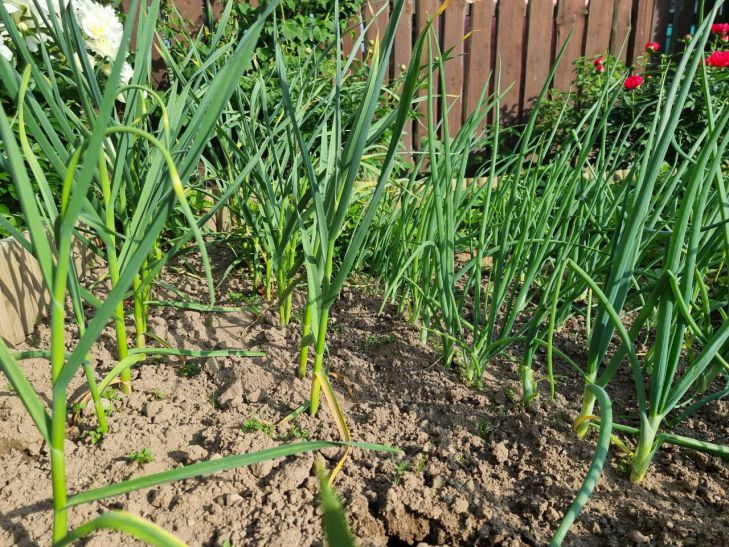Is it possible to grow onions from seeds: step-by-step instructions from experienced gardeners
The usual way of growing onions is to plant sets in the winter or early spring.
But experienced gardeners know that there is a more profitable way to grow onions. This is sowing seeds.
Not everyone knows that you can grow a full-fledged onion head from seeds in one season.
And it’s not difficult to do this, you just need to adopt the experience of summer residents who have already done this many times.
Step One: Selecting Seeds
When choosing seeds, pay attention to their age. They quickly lose their germination, so check the information carefully.

Look not only at the packaging date, but also at the collection date. Store the seed material in the refrigerator, so it will retain its germination capacity longer.
Step two: preparing the soil
Any soil will do, the main thing is that it is loose.
You can use universal soil from the store, adding vermiculite to it. If you make the soil mixture yourself, take 1 part garden soil, 2 parts peat, 2 parts leaf humus. Add sand or vermiculite until the soil becomes crumbly.
Step three: sowing
The seeds are sown like any other. But there are two nuances. If you are going to pick seedlings, you can plant them densely in a not very deep container.
If you are not going to transplant, choose a deep container (at least 20–25 cm) and distribute the seeds so that there is a distance of 8–9 cm between them.
Important! If you have lighting, sowing can be done in January or February. If there is no lighting, postpone sowing until March. With insufficient lighting, early seedlings will develop worse than late ones.
Step Four: Picking
The best time for picking is when the third leaf appears. If the feather is long and falls, it should be cut off by 1/3.
If the roots are too long, they can also be trimmed with scissors so that they do not curl during transplantation.
Step Five: Haircut
Onion seedlings need to be trimmed as needed. The weak root system cannot support the leaf apparatus, so it needs to be lightened.
It is necessary to prune before picking and planting in the ground. The feather is cut off by 1/3.
Step Six: Landing
Seedlings can be planted in open ground in March, depending on the weather. Onions are a cold-resistant plant, but young plants grown in greenhouse conditions will react painfully to cold and frost.
Onions tolerate transplantation well, even if the root system is exposed. The main thing is to water it. It is advisable to mulch with sawdust, tree leaves harvested in the fall, or small chips.
Important: when planting, do not plant the seedling too deep. The place where the bulb turns into a feather should be approximately at ground level.
In the future, care for the onions in the same way as for onion sets planted in sets.
